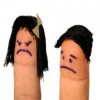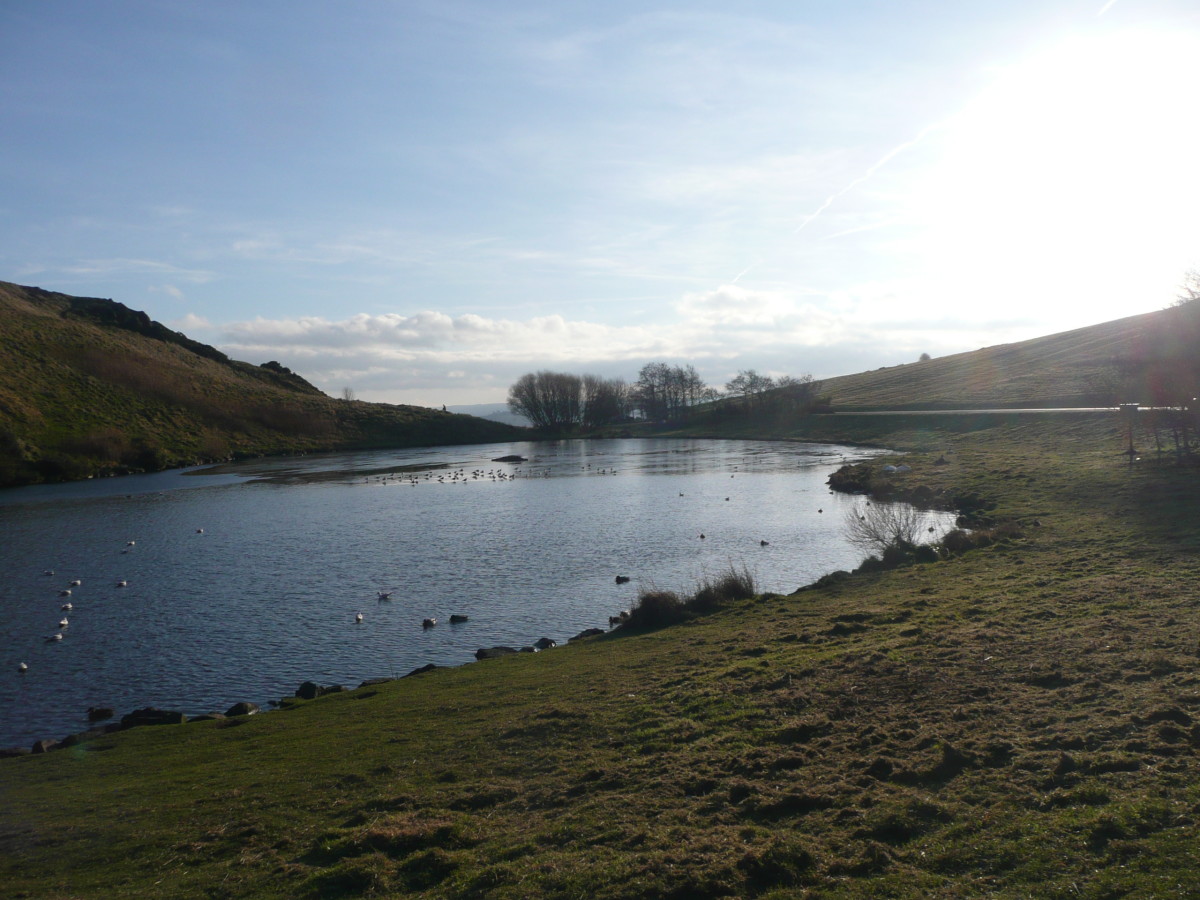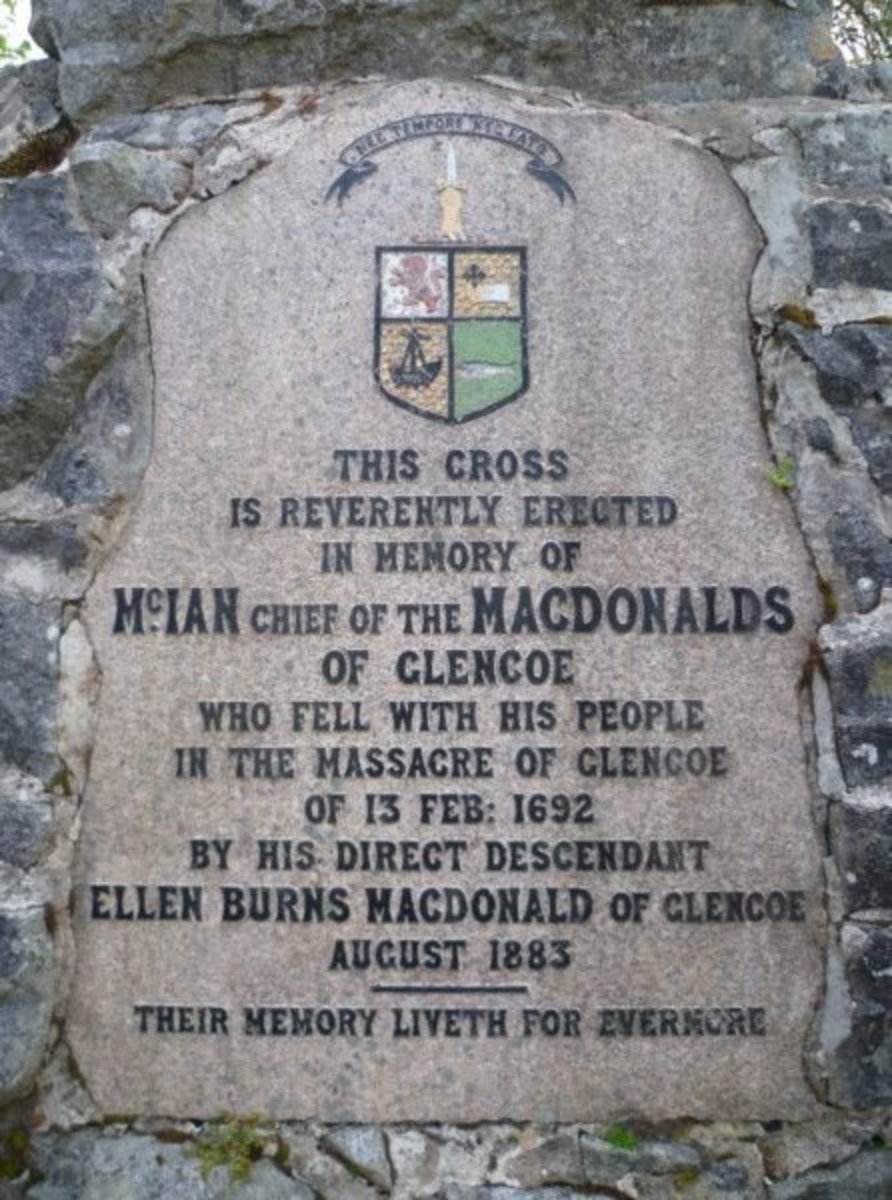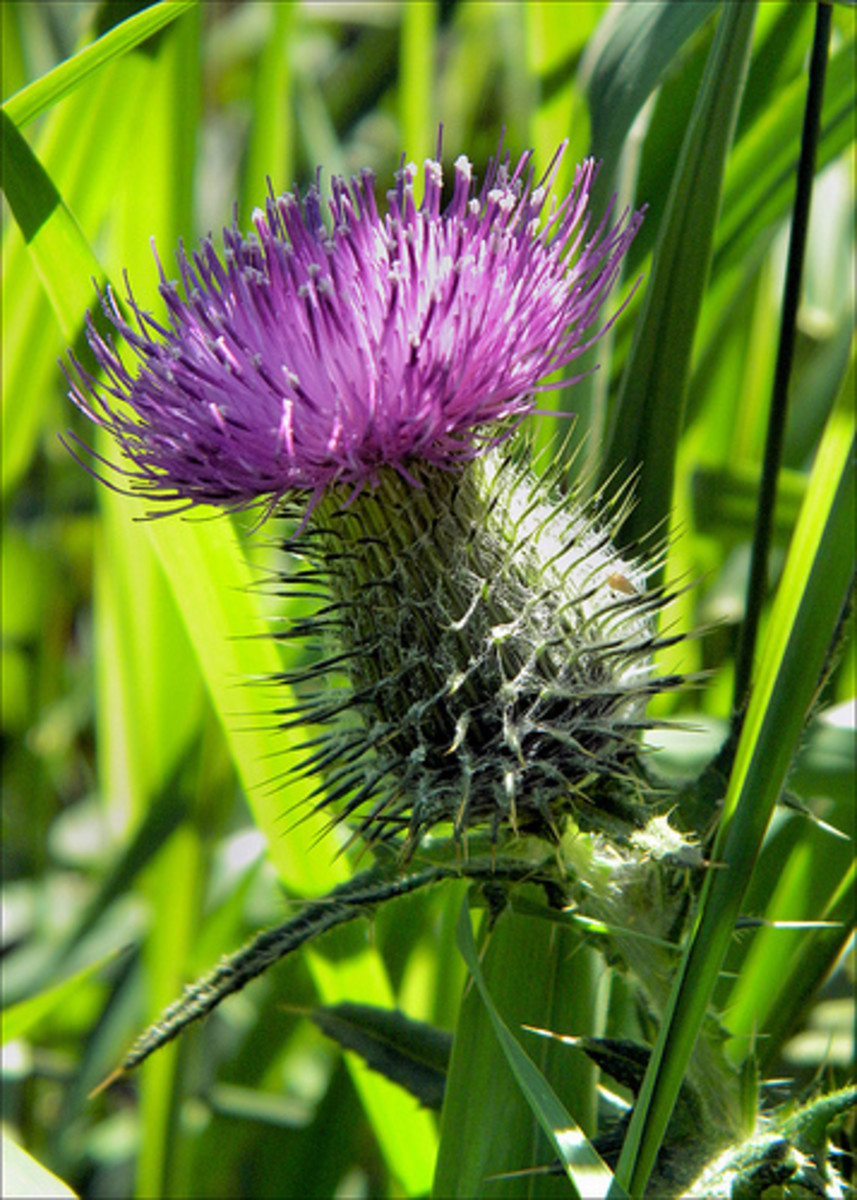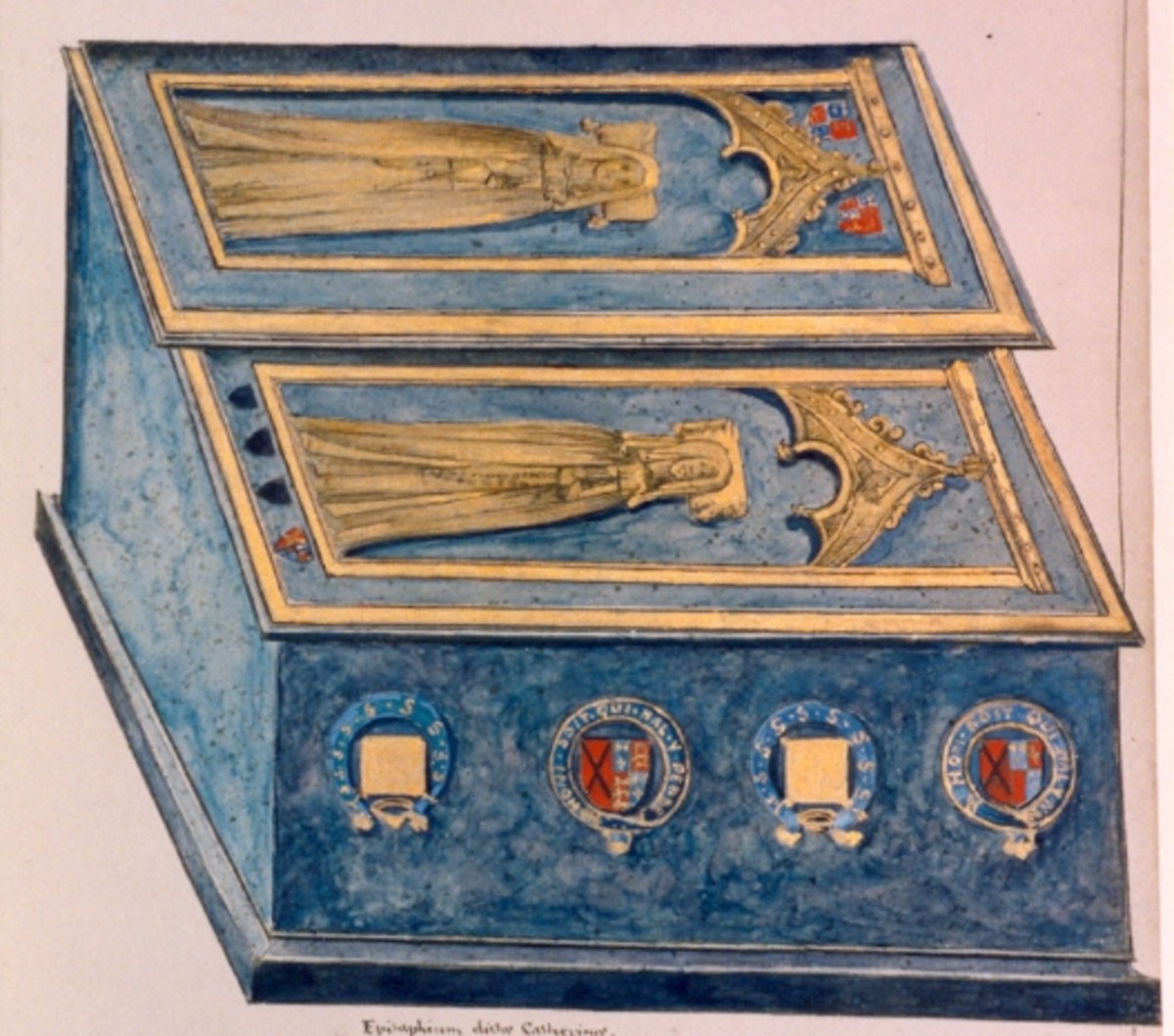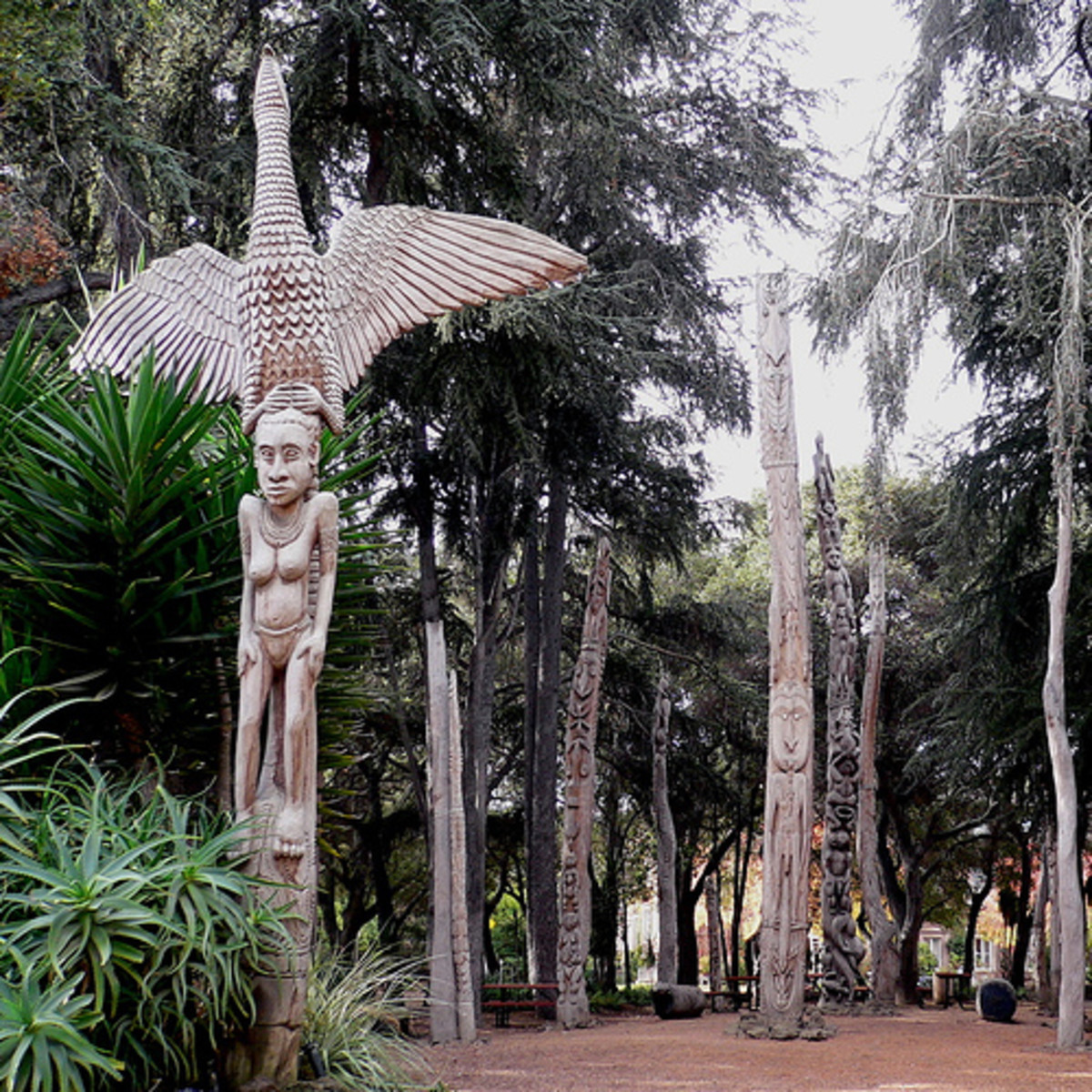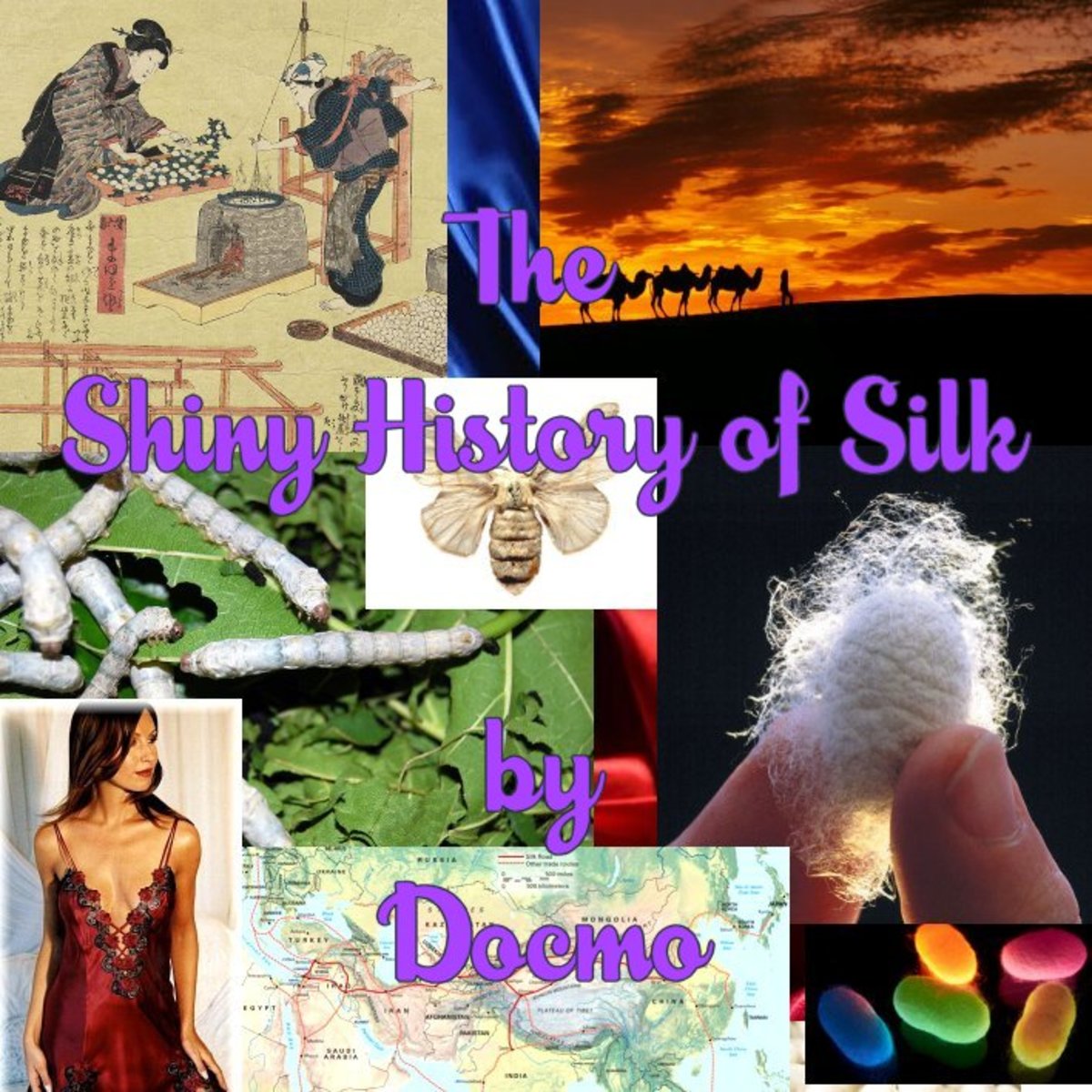Types of Kilts
The Kilt is a pleated skirt which is part of the traditional costume of men from the Highlands of Scotland. It is also a traditional garment in Ireland. It is a knee-length, skirt-like garment pleated from the waist at the back, but with a plain front. Most Scottish kilts are made of tartan. The traditional cloth for the Irish kilt is a plain, saffron colour, but in some counties of Ireland county tartans are used in uniforms for pipe bands.
Most kilts are made of fine-spun, woolen cloth in a saxony or worsted weave. They are usually permanently pleated. The pleats are arranged so that the pattern of the tartan can be seen all round, except that kilts worn by the Highland regiments are box-pleated to show one predominant stripe down each pleat. An ornamental pouch called a sporran is often worn in front of the kilt. Traditionally, no undergarment is worn under the kilt. In the Highland regiments, the wearing of any undergarment under the kilt is an offense.
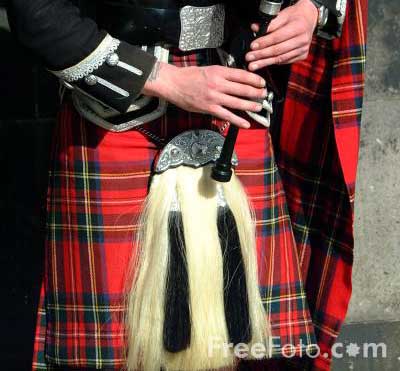
The kilt as it is worn in Scotland today is known in Gaelic as the feileadh beag, meaning small or short kilt. Highlanders first began to wear the short kilt in the 1720s. Before that time, the traditional garment for most Highlanders was the filleadh mor, usually called the great kilt or belted plaid. The great kilt was a large strip of cloth, made of two lengths of cloth joined together. The lower half was worn as a kilt. The upper half formed a loose cloak that could be worn in various ways. The short kilt originated as the lower half of the great kilt, made and worn as a separate garment. Some evidence exists that this adaptation of the great kilt was devised by Thomas Rawlinson, an Englishman who employed many Highlanders in an iron foundry in Lochaber. Not all Scottish historians accept this account of the origin of the short or modern kilt.
The History of the Kilt
The Kilt seems a primitive form of dress, surviving, as much else survived, such as the bagpipe, on the periphery of Europe; but there is a singular absence throughout the Middle Ages not only of any pictorial record but also of any written description of distinctive costume in Scotland.
It is not until we come to the sixteenth century that we find, in the Chronicle of Lindsay of Piscottie, a description of what he calls 'the Reid-Shankis or Wyld Scores' (i.e. Highlanders), who, he says, 'be clothed with ane mantle, with ane schirt, fashioned after the Irisch manner, going bair-legged to the knee.'
George Buchanan, writing in 1582, tells us that 'they delight in variegated garments, especially striped, and their favourite colours are purple and blue. Their ancestors wore plaids of many different colours, and numbers still retain this custom, but the majority now, in their dress, prefer a dark brown, imitating nearly the leaves of the heather, that when lying upon the heath ... they may not be discovered by the appearance of their clothes.' It would seem that Buchanan failed to distinguish between the 'hunting tartan' and one worn on ceremonial occasions.
So much for the material of which the kilt was made. There is considerable controversy concerning the origin and antiquity of the kilt itself, some writers declaring it to have been almost unknown before the sixteenth century. Originally it seems to have been a large mantle of one piece, belted round the body, and thence called 'the belted plaid'. One of the most recent authorities, Mr George F. Collie, tells us that 'it consisted of a plain piece of tartan, two yards in width by four to six yards in length. The plaid was placed upon the ground and folded neatly into pleats, until its length had been reduced to about five feet, leaving as much at each end unpleated as would cover the front of the body, with full overlapping. The plaid being thus prepared, the wearer would lie down on it, so that the lower edge was level with his knees.' He then folded it about him, fastened it with a leather belt and threw the remainder of the plaid over his shoulder.
What we now call the kilt is simply the lower half of this, with the pleats permanently sewn. The upper part became a loose, and, finally, merely decorative plaid over the shoulder, kept in place with a brooch. The 'little kilt' came into use in the early eighteenth century and was worn until the law of 1746 prohibited the use of Highland dress altogether. The law was repealed in 1782, and there was a notable revival, stimulated no doubt by the battle banners of Highland regiments and also by the Romantic Movement. When George IV visited Edinburgh in 1822 there was a tremendous display of Highland dress, in which the King himself joined. The kilt is now recognized all over the world as the national dress of Scotland, and each clan is proud of its particular tartan, even if some of them are of no particular antiquity.
This content is accurate and true to the best of the author’s knowledge and is not meant to substitute for formal and individualized advice from a qualified professional.
© 2009 Bits-n-Pieces
